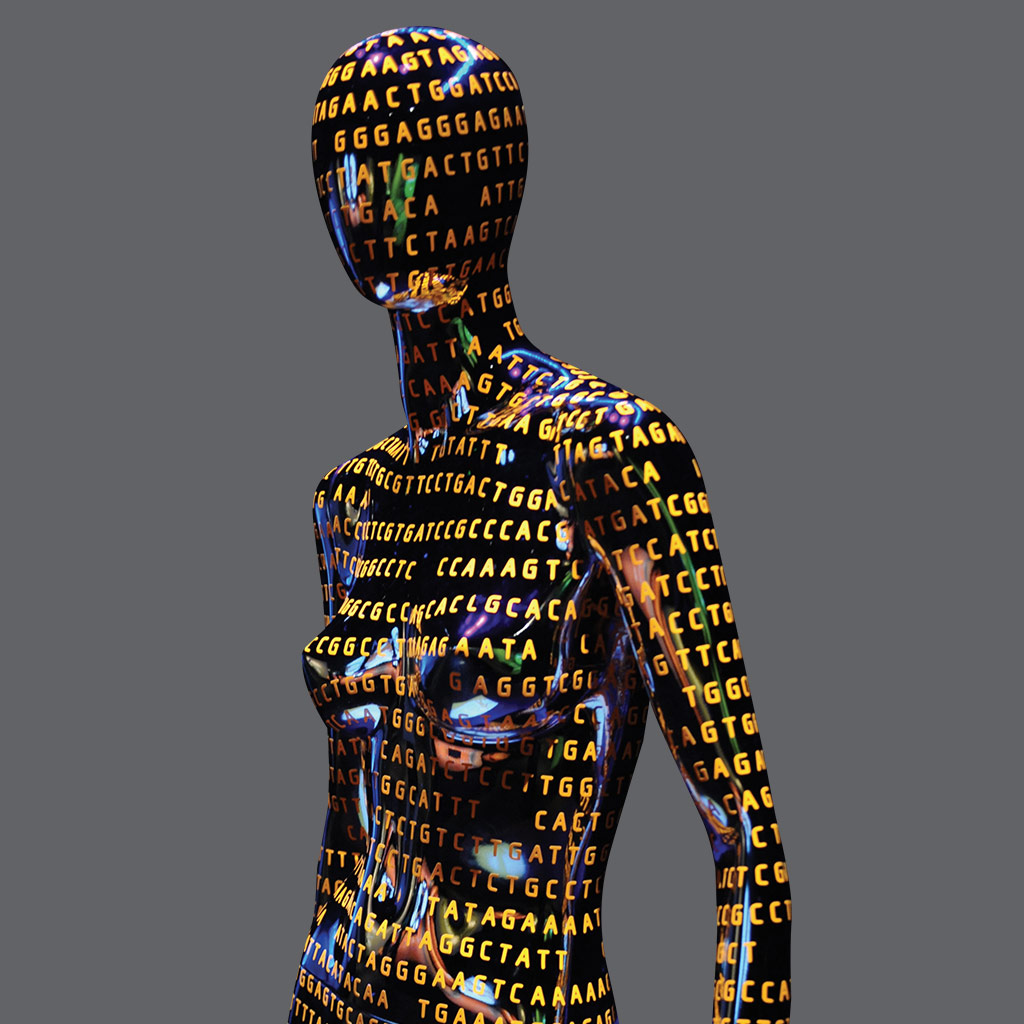New efforts to enhance and maintain the human genome reference sequence
I had the pleasure of giving the opening talk at the fourth annual International Summit in Human Genetics and Genomics at NIH last month. The month-long summit is designed to help developing nations build and expand their expertise, infrastructure, systems, and technologies in genetics and genomics. The summit, which aims to help the international participants understand the prevalence and basis of genetic diseases in their nations and the associated public health challenges, is sponsored by NHGRI; a collection of other NIH institutes and centers; and the Foundation for the NIH (which raised funds with additional profit and non-profit partners).
I would also like to draw your attention to two upcoming NHGRI “Genomics2020” strategic planning web-based workshops, which will be held on Oct. 31, 2019 at 12 p.m. ET and Nov. 19, 2019 at 12 p.m. ET, respectively. These workshops will focus on data science challenges facing the genomics research community. Details about these will be available soon on our “Genomics2020” Strategic Planning News and Events webpage.
All the best,
![]()
In This Issue
2020 Vision for Genomics
- Recent NHGRI ‘Genomics2020’ Strategic Planning events include the Genomics in Medicine & Health Strategic Planning Workshop on Sept. 26-27, 2019.
- Upcoming NHGRI ‘Genomics2020’ Strategic Planning events include: two data science, web-based workshops to be held on Oct. 31, 2019 at 12 p.m. ET and Nov. 19, 2019 at 12 p.m. ET, a poster session at the American Society of Human Genetics (ASHG) Annual Meeting held Oct. 15-19, 2019, a workshop on “Integrating the Past and Future of ELSI Research” at the American Society of Bioethics and Humanities Annual Meeting on Oct. 25, 2019, and a session at the World Congress of Psychiatric Genetics on Oct. 26, 2019.
- To stay informed about the various strategic planning events, please sign up for email updates and monitor the ‘Genomics2020’ calendar.

Genome: Unlocking Life's Code
The Genome: Unlocking Life's Code exhibition is currently touring North America.
Current: September 12, 2019 – January 2, 2020
Turtle Bay Exploration Park
Redding, CA
After: January 17 – April 12, 2020
Museum of Science & History
Jacksonville, FL

About The Genomics Landscape
A monthly update from the NHGRI Director on activities and accomplishments from the institute and the field of genomics.
For More Information
Last updated: October 9, 2019






